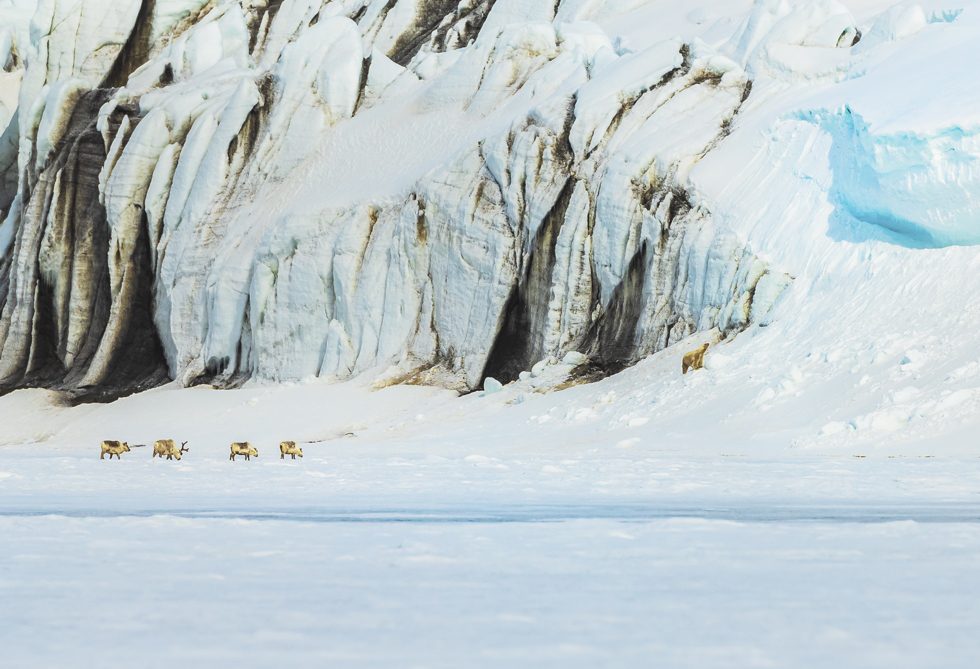
Perspective can make a huge difference when photographing wildlife. Basically, it can change how an image is perceived. A three-dimensional view can be turned into a two dimensional image, by either changing your lens or using a different angle or viewpoint from which you are shooting your subject. You are, in essence, impacting how the viewer of the photo interprets depth in the image they are looking at.
Traditional Methods
Traditionally, most wildlife images are taken with a fixed focal length telephoto lens such as a 300mm f2.8, 500mm f4 or 600mm f4, or by using one of the numerous zoom lenses available on the market. Many of the more popular lenses used in traditional wildlife photography include 100-400mm, 200-400mm, 200-500mm, 150-600mm etc. There are, of course, pros and cons with any of the above-mentioned lenses. Telephoto lenses are usually very sharp and have a wider minimum aperture. This means you can let in more light into your camera, which in turn means a higher shutter speed without needing to crank up the ISO too high (the higher the ISO, the more noise you will end up with). The downside is that these lenses are quite expensive, heavy and if you can’t move from the spot you are photographing (such as sitting in a safari vehicle in Africa, with a lion in front of you) you can’t change your focal length. With a zoom lens, you have more option to compose an image on the spot, they are generally cheaper in price and a bit easier to handhold, weight-wise. The downside here is that they may not be as sharp as a telephoto lens and the minimum aperture will often be smaller in size. For example, the Sigma and Tamron 150-600mm lenses are very versatile but in low light scenarios such as rainforests, the widest aperture you can achieve at 600mm is f6.3. This then slows the shutter speed quite a bit so in turn you have to raise your camera’s ISO considerably in order to get sharp shots.
Animals In The Environment
Apart from the traditional longer telephoto and zoom lenses, you can use a variety of different lenses to achieve a completely different view. Many of the renowned wildlife photography competitions around the world include a category called ‘Animals in the Environment’, where the animal(s) are a small part of a landscape. This gives the viewer a chance to see the animal in its natural environment. Images where you first see an amazing landscape, then realise there is an animal(s) can be quite pleasing on the eye. For the image of the four reindeer and a polar bear in Svalbard, the Arctic, featured in this article, I was in a zodiac with my photography tour participants and I saw the gorgeous light bringing out the blue in the icy landscape. As we approached a little bit closer, I only then noticed the animals. The important part here was to use a small (in size) aperture, therefore creating greater depth-of-field. By using a lens with a smaller focal length, I was able to photograph the landscape as well as the wildlife featured within that landscape. This type of image creates a true sense of scale which may not be evident when photographing the landscape on its own.
If you have a passion for wildlife, nature or travel photography and would love to go on a small-number, professional photography adventure, please get in touch with Michael Snedic at WildNature Photo Expeditions. You can call him on 0408 941 965 or fill in this Contact Form and he will get back to you ASAP.


